In my database class, my professor was describing about deleting keys from the B+ Tree. If you see the below image:
I totally understood everything except one part where he told that the leaf level nodes can only contain 3 keys at most. As my per my understanding, depending upon the depth of B+ tree, the total keys are decided at the leaf level varies from d to 2*d where d is the depth of tree. Since here d for leaf is 2, why can't the leaf level nodes have 4 keys. Where I am going wrong?
The total number of keys contained at the root level also matter here? Could anyone please explain

